#nasa #jupiter
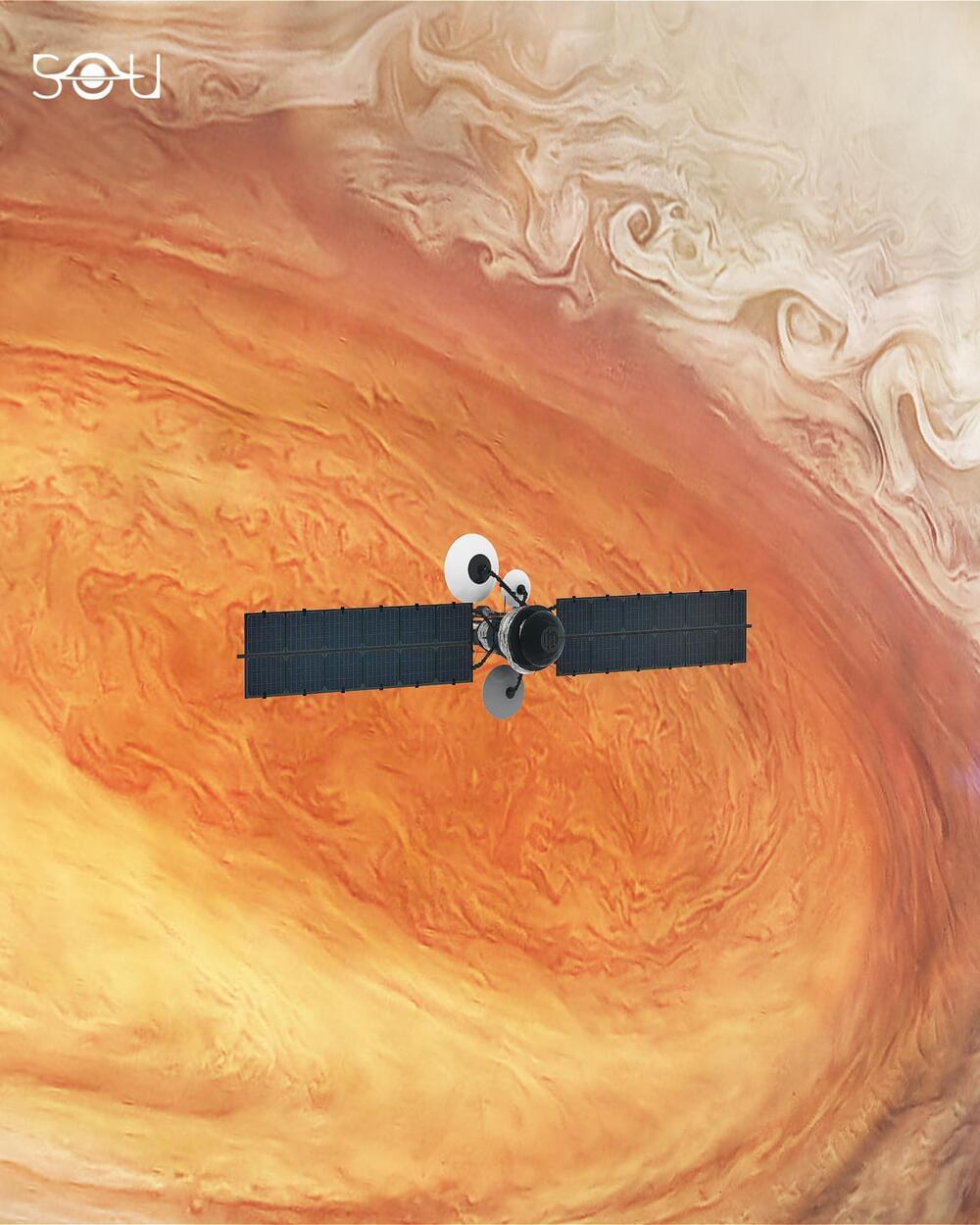

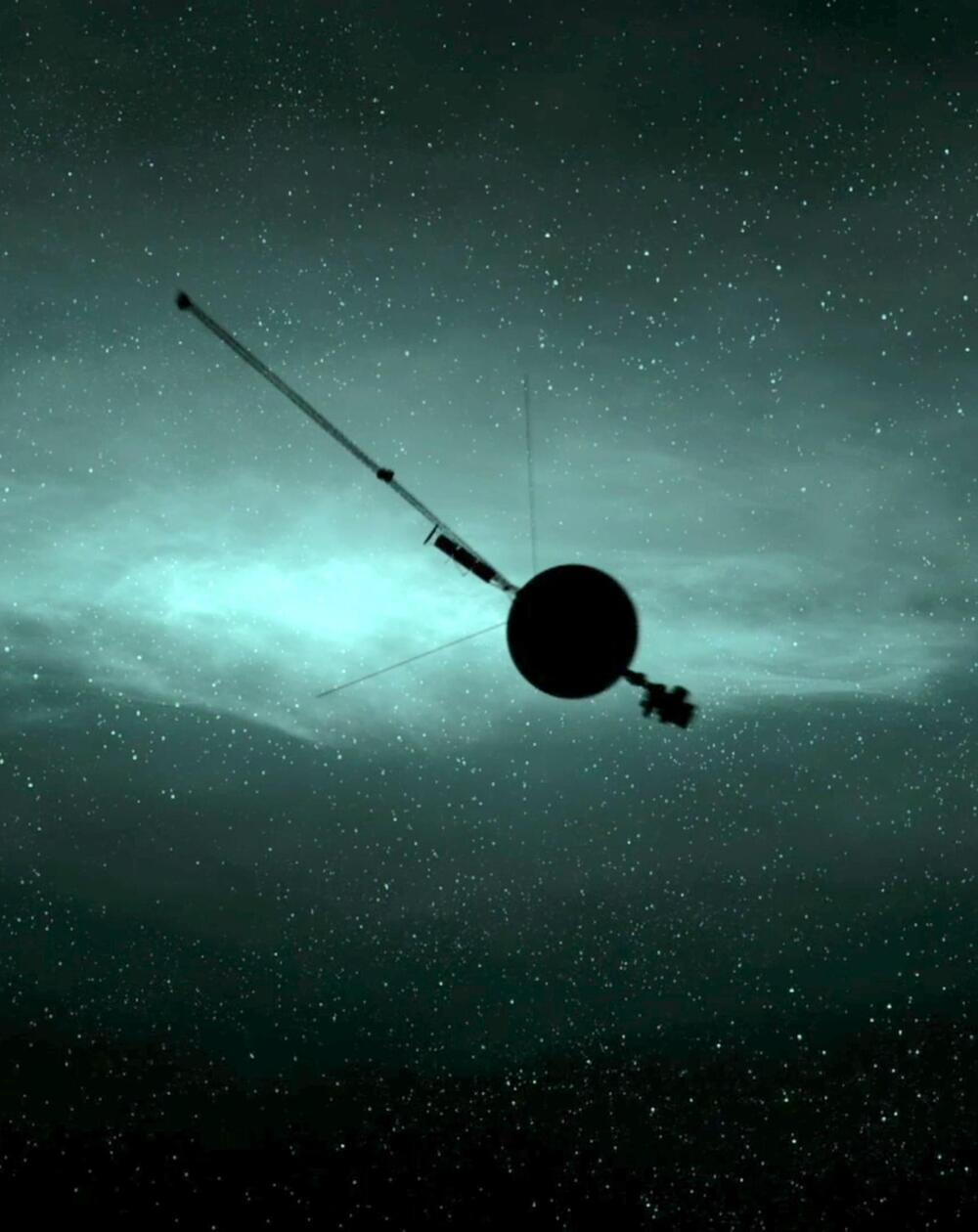
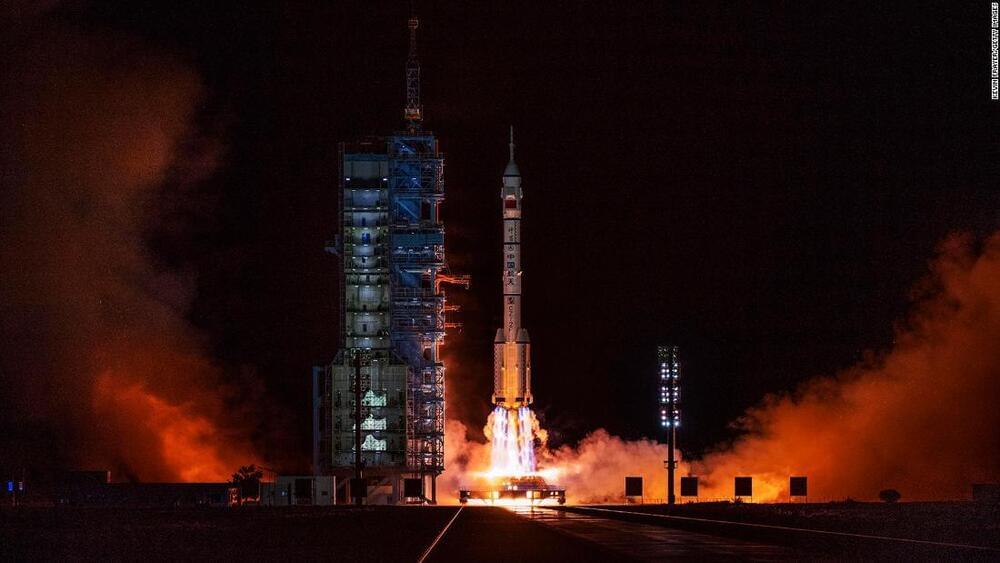
Gen. David Thompson, vice chief of space operations for the US Space Force, said Saturday China is developing its space capabilities at “twice the rate” of the US.
On a panel of US space experts and leaders speaking at the Reagan National Defense Forum in a panel moderated by CNN’s Kristin Fisher, Gen. Thompson warned China could overtake the US in space capabilities by the end of the decade.
“The fact, that in essence, on average, they are building and fielding and updating their space capabilities at twice the rate we are means that very soon, if we don’t start accelerating our development and delivery capabilities, they will exceed us,” Gen. Thompson said, adding, “2030 is not an unreasonable estimate.”
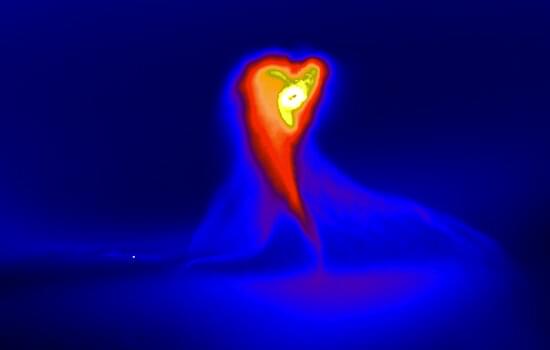
An international study led by Monash University astronomers focusing on an infamous star in Orion may help to shed light on how the solar system formed.
In 1936, over the course of the year, a previously unremarkable faint star in Orion, FU Ori, became 250 times brighter.
“FU Ori has remained bright ever since,” said Elisabeth Borchert, the lead author of the study to be published in the Monthly Notices of the Royal Astronomical Society (MNRAS).
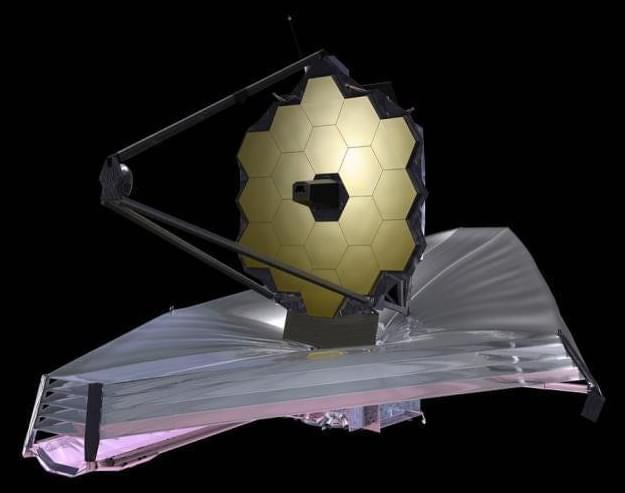
If December 22’s launch goes as planned then the engineers behind the $10 billion James Webb Space Telescope (JWST or “Webb” for short) are in for a nervous Christmas.
Forget that it was originally conceived in the 1990s and was first expected to launch in 2007. Forget also the initial rocket launch—usually viewed as the most nerve-wracking moment. This time it’s not the European Space Agency’s Ariane 5 rocket—due to lift Webb into space from the Guiana Space Center, Kourou, French Guiana on December 18, 2021—that’s giving engineers sleepless nights. It’s the 29 days of “space origami” they’ll have to endure after the launch as Webb unfolds from its collapse state into a “giant sunflower.”
You see, the technological marvel that is Webb is fully assembled, but folded into the 5.4 meter/17.7ft. fairing of the Ariane 5 for launch—the largest rocket fairing NASA could find. When it’s in-situ a whopping million miles/1.5 million kilometers from Earth at the second Lagrange point (L2) —almost certainly too far away for astronauts to fix if the worst happens—it will resemble a huge sunflower once unfurled.


Nowadays almost everything is being 3D printed, so why should architecture be an exception? Many architectural firms are adopting 3D printing as their preferred technique to build structures. And 3D printed architecture is slowly but surely gaining a lot of popularity and momentum. This emerging trend is paving a path for itself in modern architecture. And I mean, no wonder, it has a ton of benefits! It’s a simple, efficient, and innovative technique that lowers the risks of errors, and also manages to save on time. 3D printing eradicates a lot of tedious steps during the construction process and simplifies it. It is being used to build homes, habitats on Mars, and even floating islands! The potential and possibilities of 3D printing in architecture are endless and mind-blowing. We’ve curated a collection of 3D-printed architectural structures that are our absolute favorites – from a 3D printed sustainable office pod to a 3D printed housing community for the homeless, every single one of these designs unleashes the magic and potential of 3D printing!
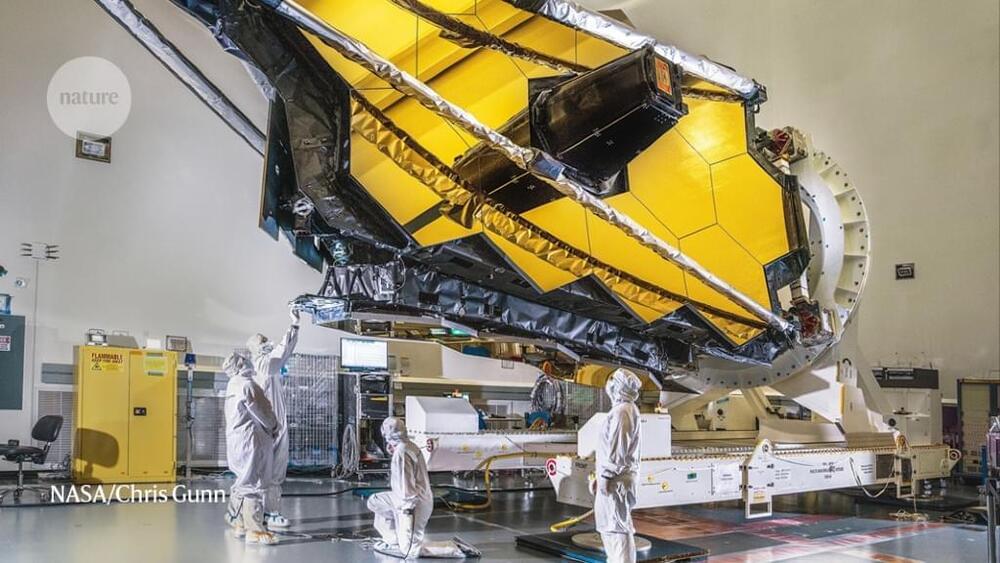
If everything goes to plan, Webb will remake astronomy by peering at cosmic phenomena such as the most distant galaxies ever seen, the atmospheres of far-off planets and the hearts of star-forming regions swaddled in dust. Roughly 100 times more powerful than its predecessor, the Hubble Space Telescope, which has transformed our understanding of the cosmos over the past 31 years, Webb will reveal previously hidden aspects of the Universe.
Three decades after it was conceived, Hubble’s successor is set for launch. Here’s why astronomers around the world can’t wait.
December 18th i will give a short speech at AIAA Space Philosophy Gathering 2021!
Here’s the link to register and follow the conference:
Sat, Dec 18 at 9 AM PST.
Interested.
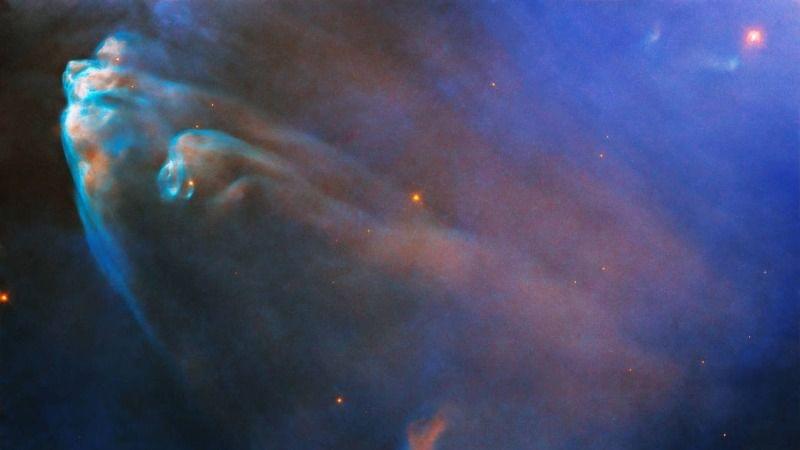
Newborn stars contributed to this chaos.
Any parent of newborns know just how powerful even small things are.
The same is true in space, where baby stars in a section of a nebula, or gas cloud, create a series a powerful shockwaves visible in a new Hubble Space Telescope image.